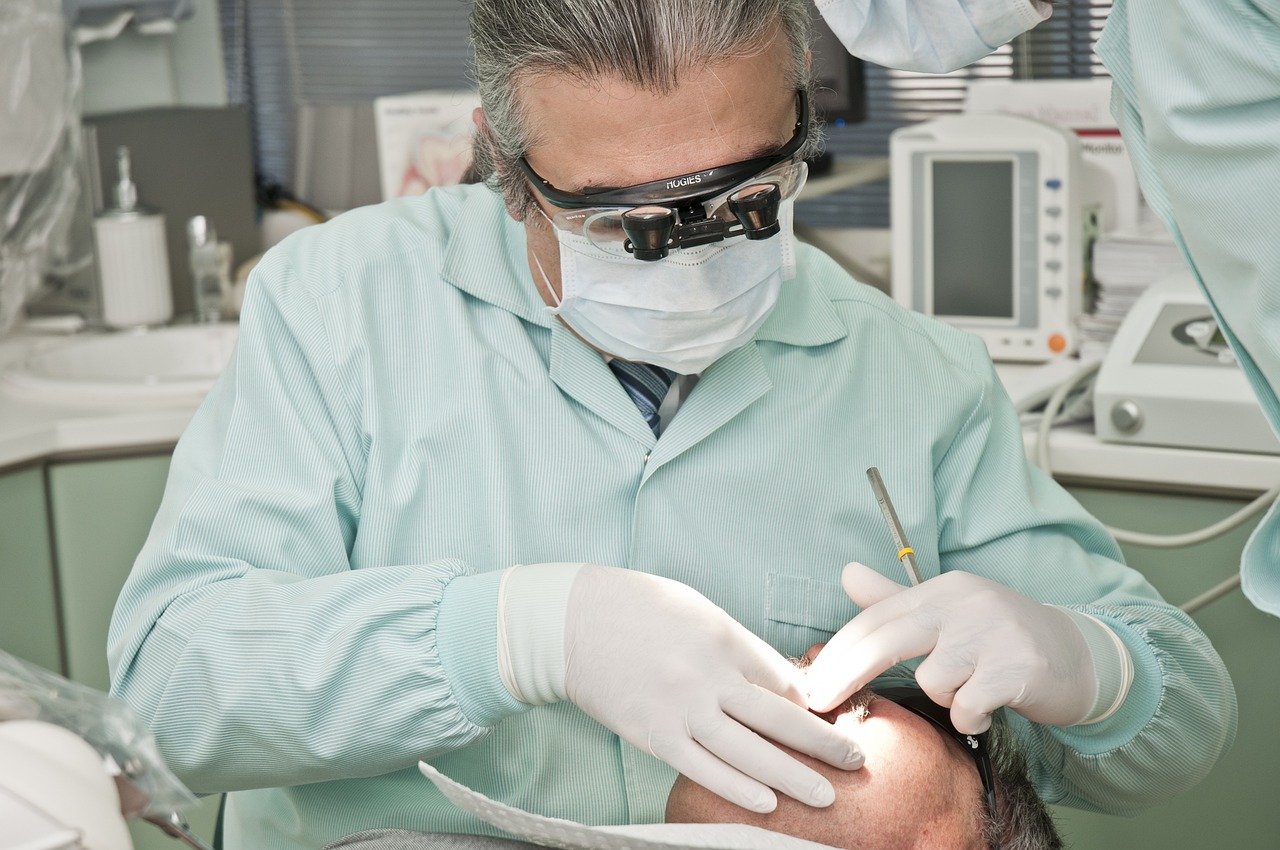Innovations in Dental Crown Fabrication and Fitting
The field of dentistry has seen significant advancements, particularly in the area of dental crowns. Innovations in materials like zirconia dental crowns and new technologies have enhanced dental crowns’ efficacy, appearance, and longevity. This article delves into these innovations, shedding light on how they have revolutionized dental treatments.
Zirconia Crowns:
Zirconia crowns have become increasingly trendy due to their exceptional strength and natural appearance. Rest assured that these crowns are highly durable and can easily endure the rigors of everyday use. They are a good choice for long-term dental restoration, providing you with the peace of mind and confidence you need to go about your day without any worries. Zirconia’s ability to mimic the translucency of natural teeth allows for a more natural and aesthetically pleasing appearance, making these crowns suitable for front and back teeth restorations. Additionally, zirconia crowns are biocompatible, reducing the risk of allergic reactions and making them safer for patients with metal sensitivities.
CAD/CAM Technology:
The introduction of CAD/CAM technology in dental crown fabrication has marked a significant improvement in precision and efficiency. This technology allows for customizing crowns to the minutest detail, ensuring a perfect match with the patient’s existing teeth in shape, size, and color. CAD/CAM technology reduces the time required for crown production, enabling quicker turnaround times and, in some cases, allowing patients to receive their crowns on the same day of their appointment. This enhances patient satisfaction and reduces the number of dental visits required.
Digital Impressions:
Transitioning from traditional mold impressions to digital impressions has greatly improved the accuracy and comfort of the dental crown fitting process. Digital impressions capture detailed and precise images of the teeth, eliminating the discomfort and inaccuracies often associated with traditional impression materials. This technology also facilitates better communication between dentists and dental labs, ensuring that the final crown is a precise fit, reducing the need for adjustments and remakes, thus saving time for both the dentist and the patient.
Artificial Intelligence:
Artificial intelligence transforms dental crown fabrication by providing data-driven insights for optimal crown design. AI algorithms analyze occlusion, adjacent teeth structure, and aesthetic requirements to suggest the best crown design. This results in crowns that fit better and function more effectively, providing a comfortable and long-lasting solution for the patient. AI also aids in identifying potential issues in the early stages of design, allowing for adjustments that prevent future complications.
3D Printing:
3D printing in dental crown fabrication offers a glimpse into the future of dentistry. This technology allows for rapid production of dental crowns, significantly reducing patient waiting times. The precision of 3D printing ensures that each crown is tailored to the patient’s specific dental anatomy. This technology is particularly useful for complex cases where traditional fabrication methods may fall short. As 3D printing technology advances, it is expected to become even more integral to dental crown fabrication, offering faster and more accurate results.
Choosing a Quality Dental Laboratory
The quality of the dental crown heavily depends on the expertise of the dental laboratory responsible for its fabrication. A reputable dental laboratory uses high-grade materials and cutting-edge technologies to ensure the crown is of the highest quality. These laboratories offer a range of material options, including zirconia, porcelain, and metal, allowing dentists to choose the best option for their patients. Furthermore, reputable labs offer competitive pricing, making high-quality dental crowns accessible to more patients.
Sustainable Practices in Crown Production
The dental industry is increasingly focusing on sustainable practices in crown production. This involves using eco-friendly materials and reducing waste during the fabrication process. By adopting sustainable practices, dental laboratories contribute to environmental conservation and meet patients’ growing demand for green dental solutions. As sustainability becomes a more prominent concern, dental labs adopting eco-friendly practices will likely gain a competitive edge.
Conclusion
The dental crown fabrication and fitting field has experienced remarkable advancements, driven by innovations in materials like zirconia dental crowns, and technologies such as CAD/CAM, digital impressions, AI, and 3D printing. These innovations have significantly improved dental crowns’ precision, aesthetics, and durability. Additionally, the role of reputable dental laboratories and the adoption of sustainable practices further enhance the quality and appeal of dental crowns. As these technologies evolve, they promise to bring even more revolutionary changes to dental treatments, benefiting dental professionals and their patients.

